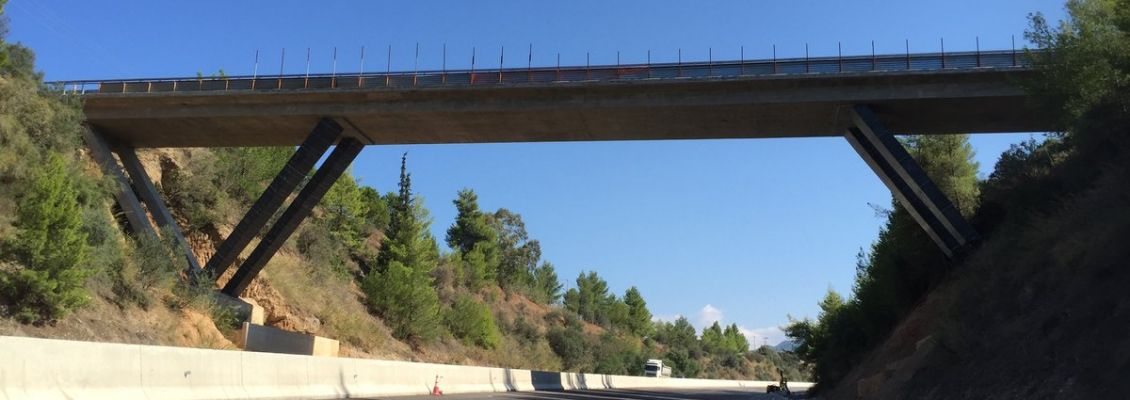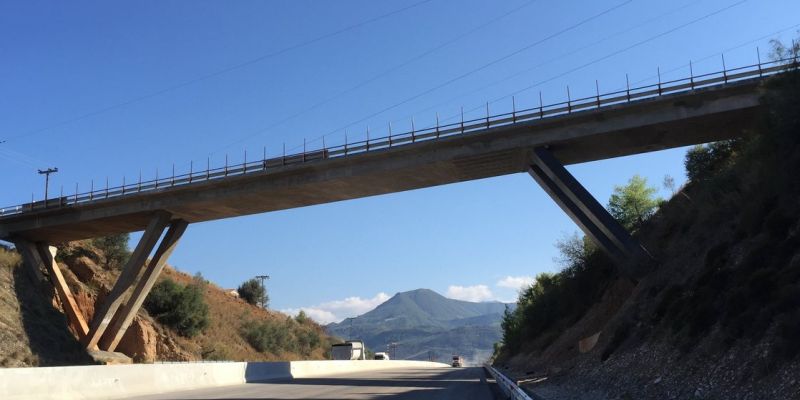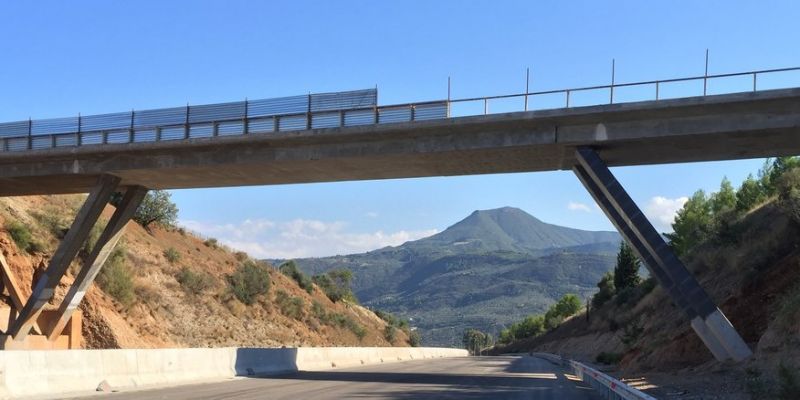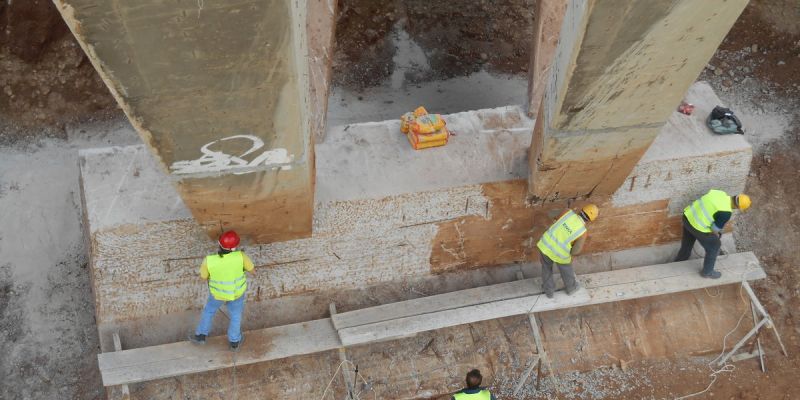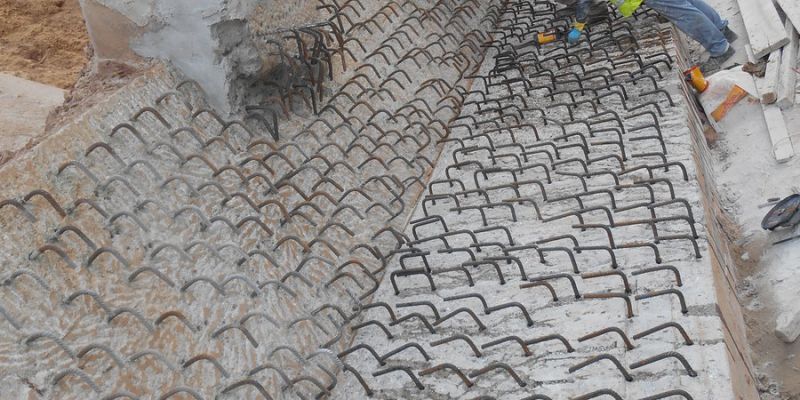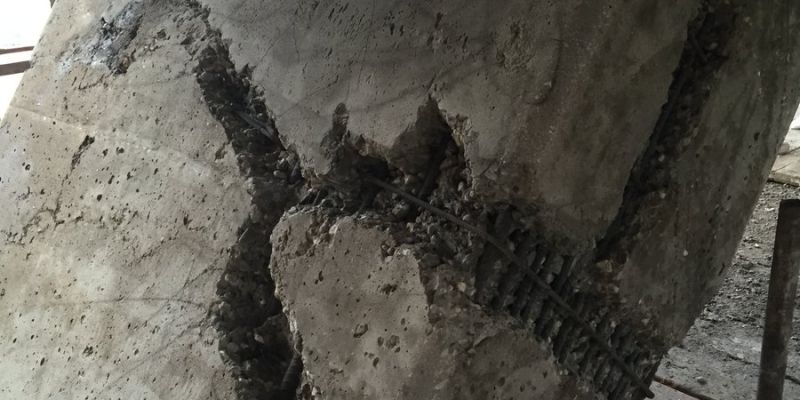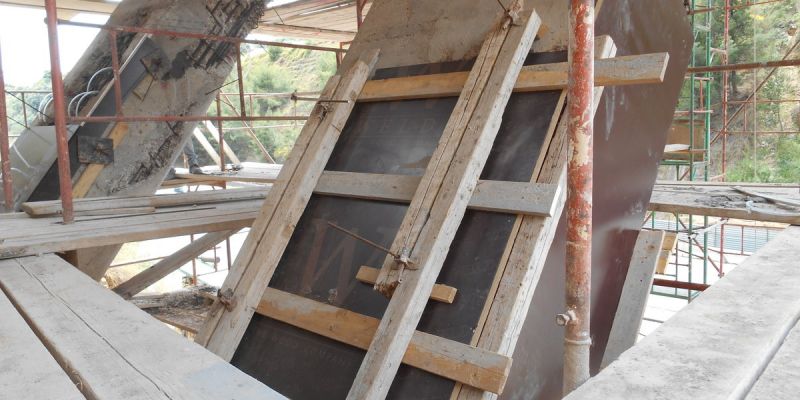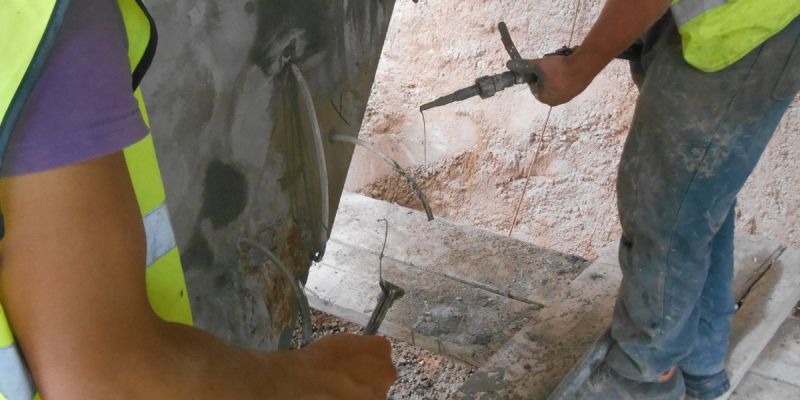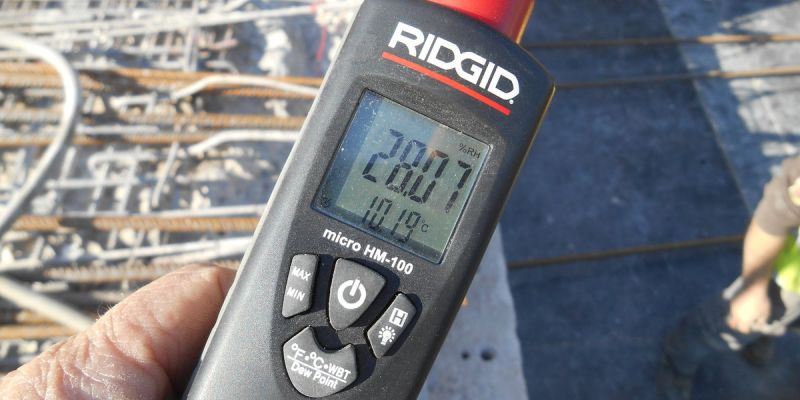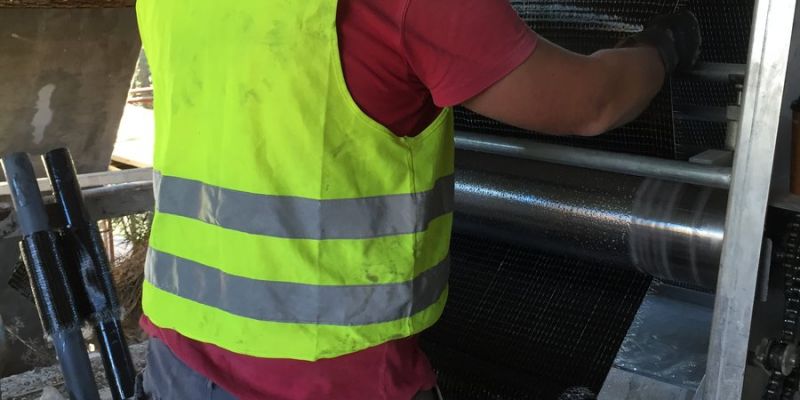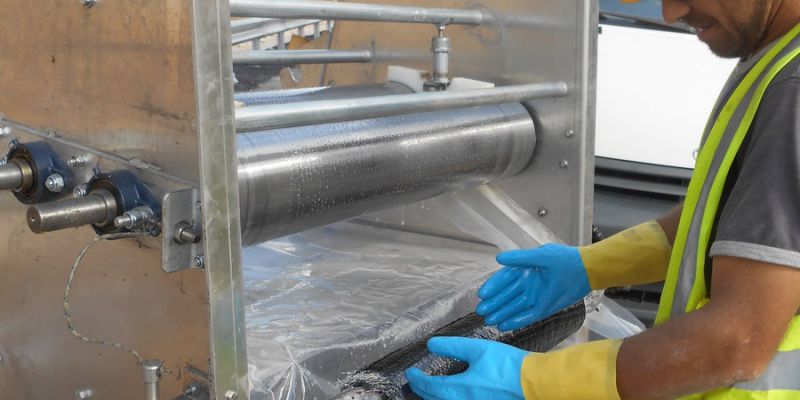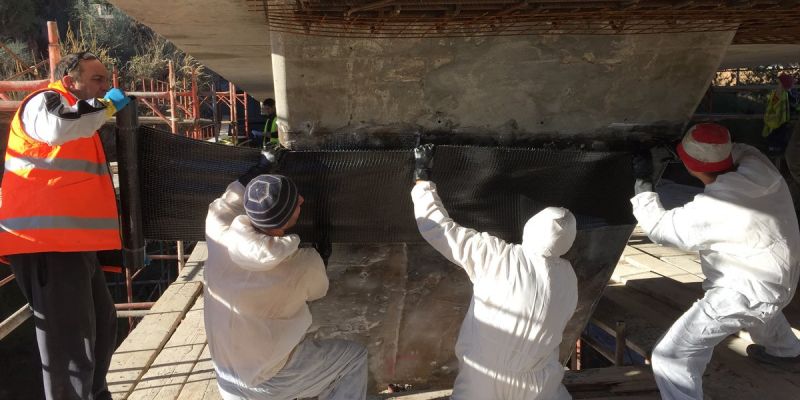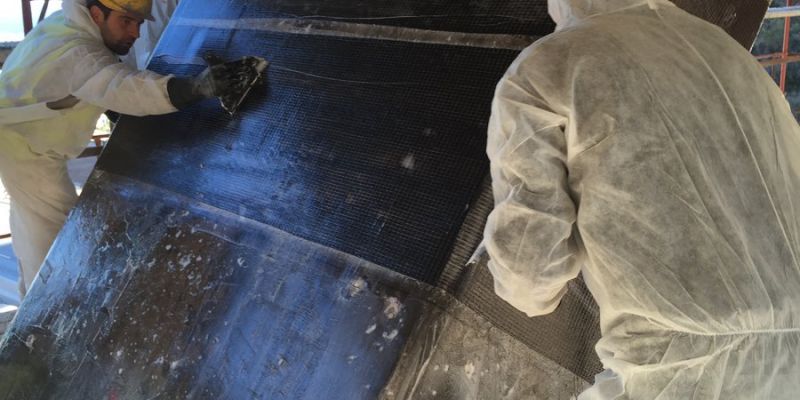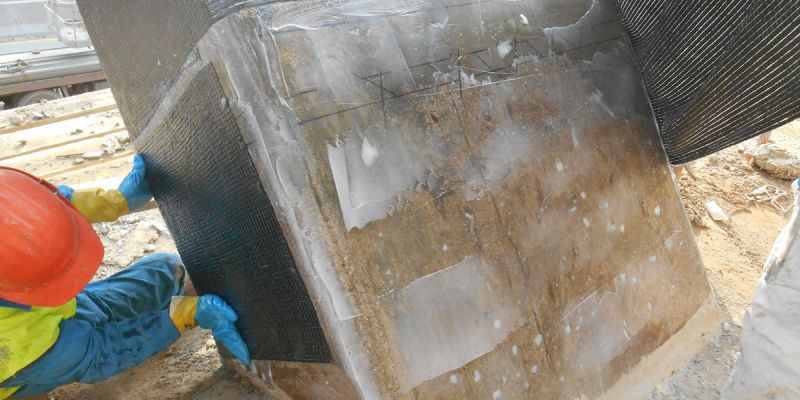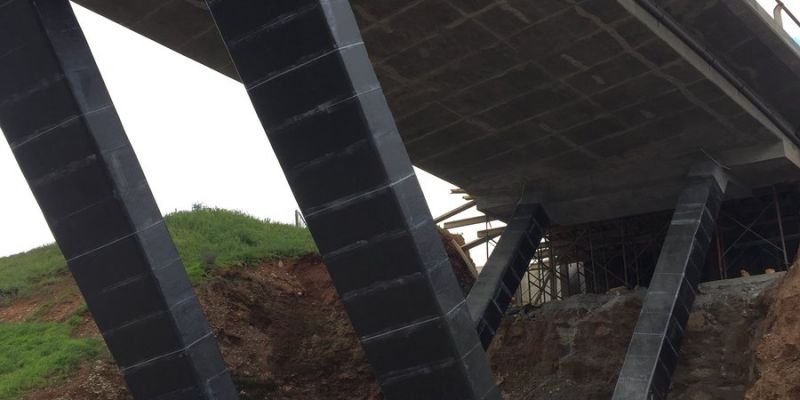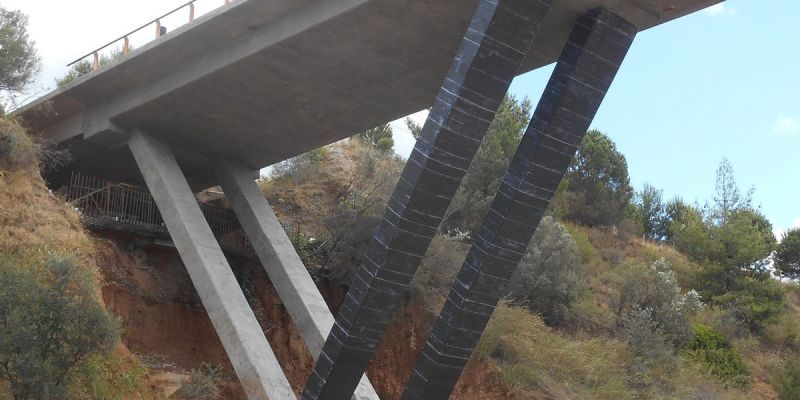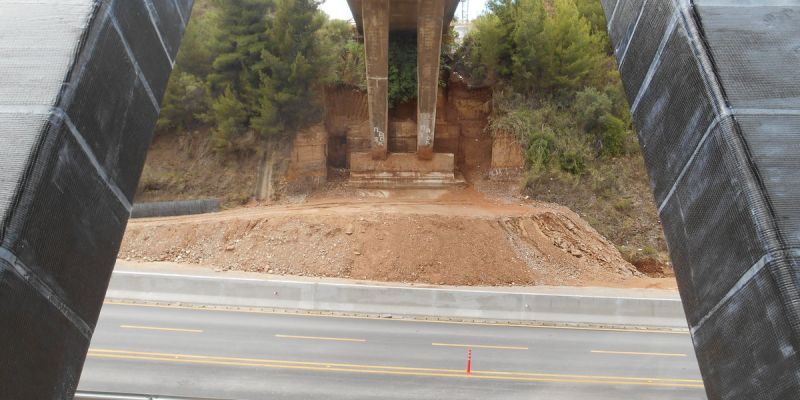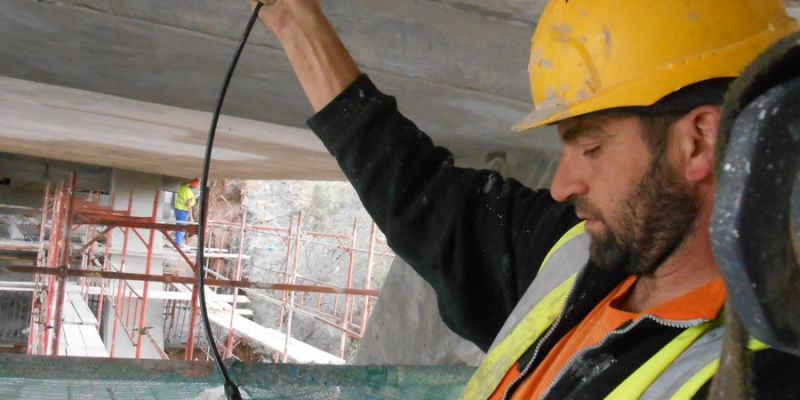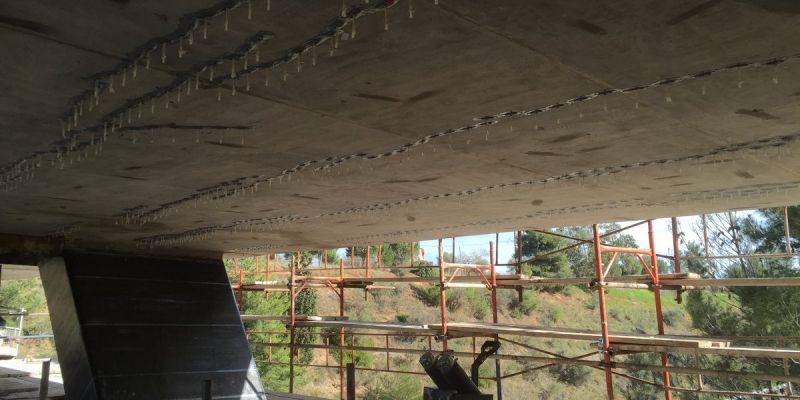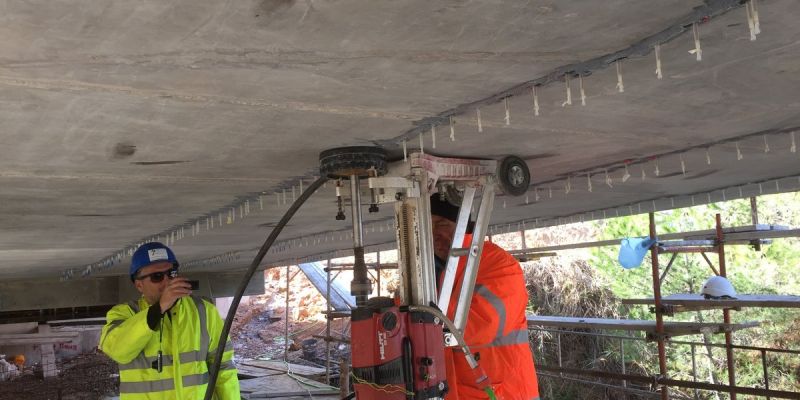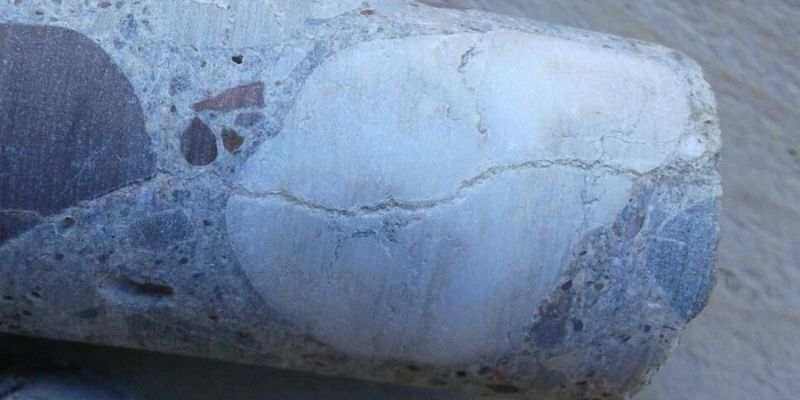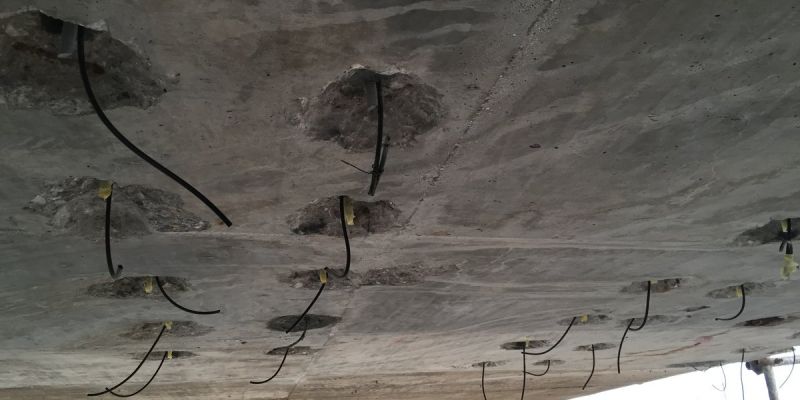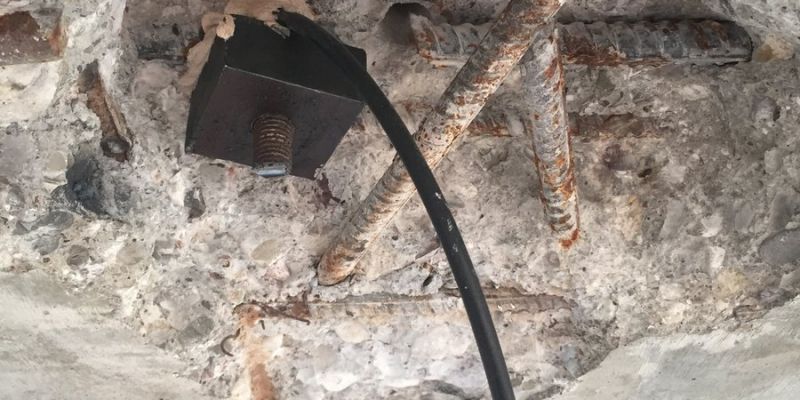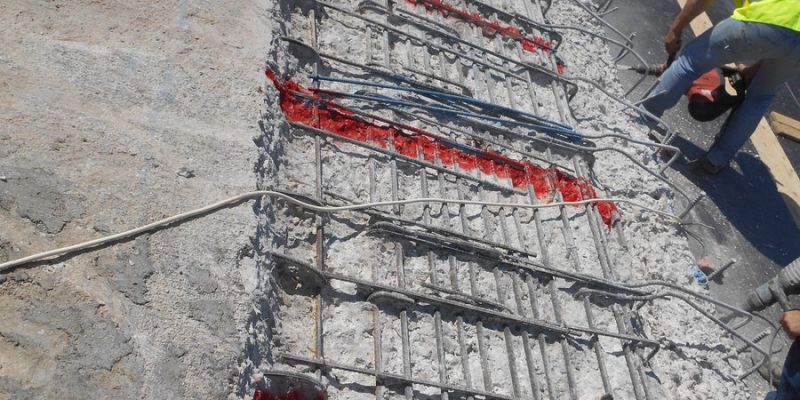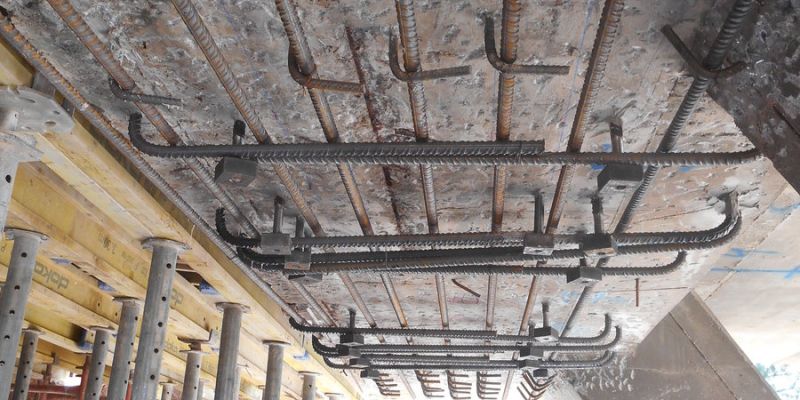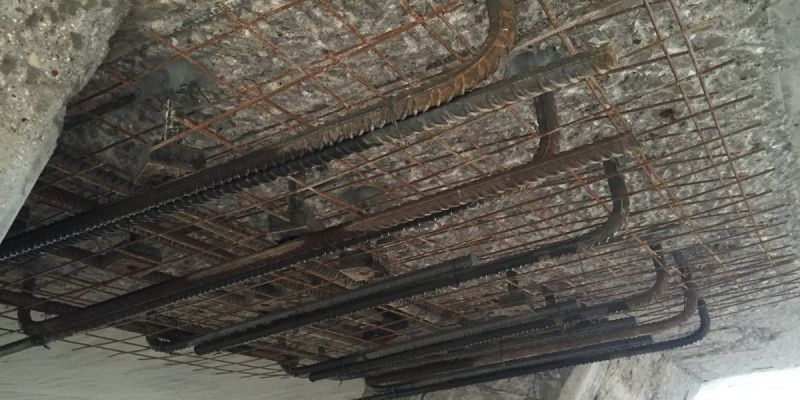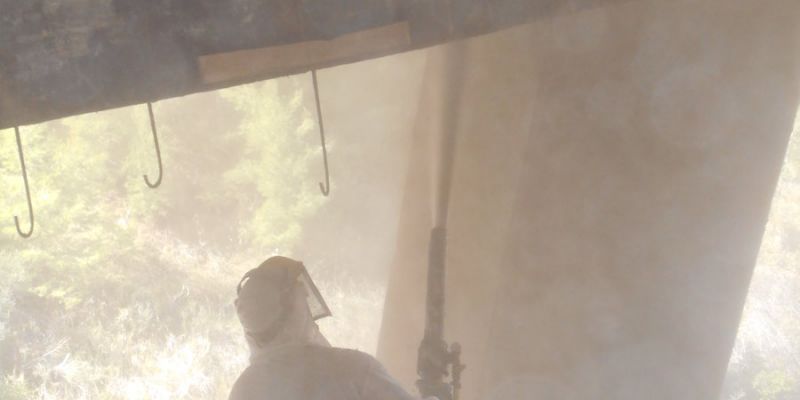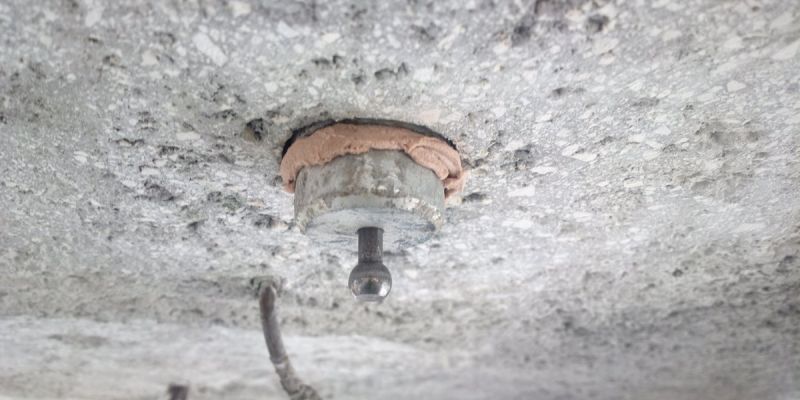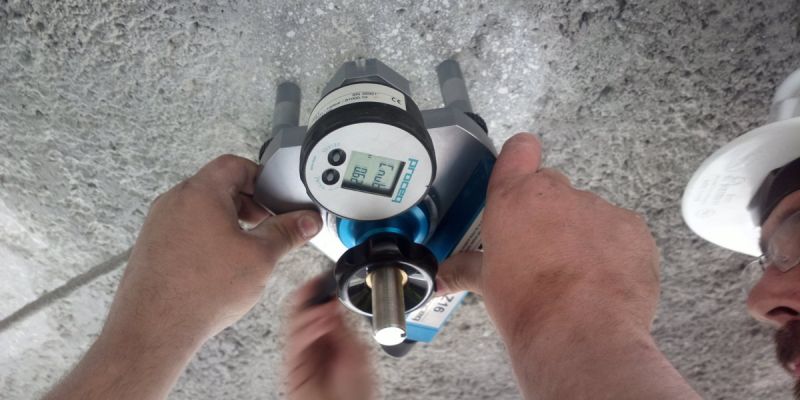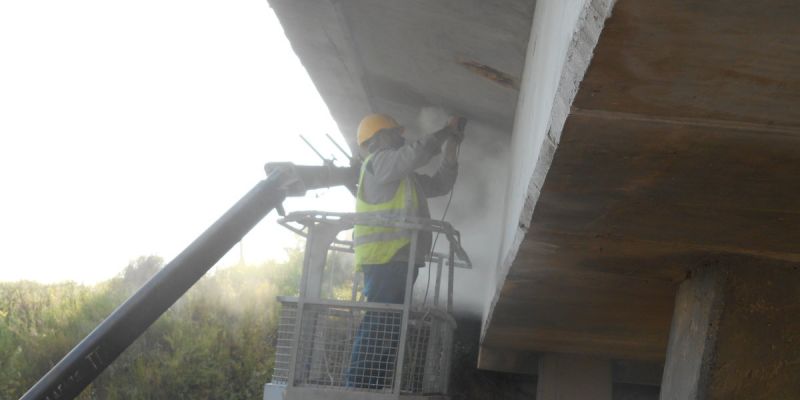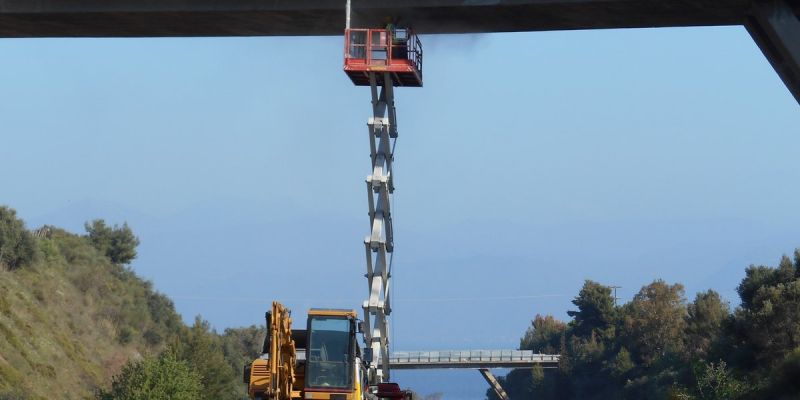The demolition and reconstruction of the three bridges was unachievable without creating detours of Olympia Odos through Egio city for a long time. The special design of the load bearing structure, with V-shaped piers, is the feature that made them the landmarks of the region, and the local community requested for a technical solution of preserving them while upgrading their operational and safety levels according to modern building codes.
A check of the structural integrity of the bridges, based on modern building codes and on requirements of road construction engineering, concluded that their preservation is feasible given a seismic resilience upgrade.
The interventions on the load bearing structure of each bridge were performed without interrupting the traffic of Olympia Odos and without altering their special design.
Thorough inspection of damages and extensive repairs took place at the whole structure.
The existing foundation, comprising shallow footings, was strengthened with Φ80 piles and with reinforced concrete jackets on the footings.
The cold joints and any voids of the 15-20m high abutments were repaired and filled with cementitious grout injections (compression strength of grout ~ 90MPa), corrosion inhibitor was applied, and CFRP jackets of < 5mm thickness were applied to enhance their shear capacity and ductility.
The 75m long superstructure comprises a prestressed concrete slab 1.20m thick with circular voids. The longitudinal beams of the superstructure were strengthened, in terms of shear strength, with Φ16 galvanized threaded rods anchored on the bottom side of the beam at gusset-plates, placed at preformed indentations, and then the holes were filled with epoxy resin. Before holes drilling, thorough mapping of the prestress tendons took place with GPR (Ground Penetrating Radar) to avoid causing any damage at the tendons. The transverse beams at the supports were strengthened with reinforced shotcrete jacket.
Several meters of cracks were filled with epoxy resin system approved for bridges applications (dynamic loads) with special equipment of Chemco Systems USA providing flow and pressure control. ENKA SA is the exclusive certified applicator of Chemco in Greece. The crack filling quality control was performed by Φ32 core drilling every 30m, as required by the relevant Greek Technical Guidelines (ΕΤΕΠ).
The FRP fabrics were impregnated with special equipment (saturator) suitable for providing the proper ratio fibers/resin in relation to the ambient temperature. Before the commencement of the works, mock-ups of FRP application, pull-off tests, and testing of samples strength in the laboratory were performed as a proof regarding the crew’s experience. The quality control of the project required daily worksheet recording (Inspection Check List), ambient conditions recording, and samples of pull-off and FRP coupons samples preparation. Approximately 1,000m2 of concrete were repaired, 2,000m2 of FRP fabrics were applied, and 2,000m of cracks were filled.

